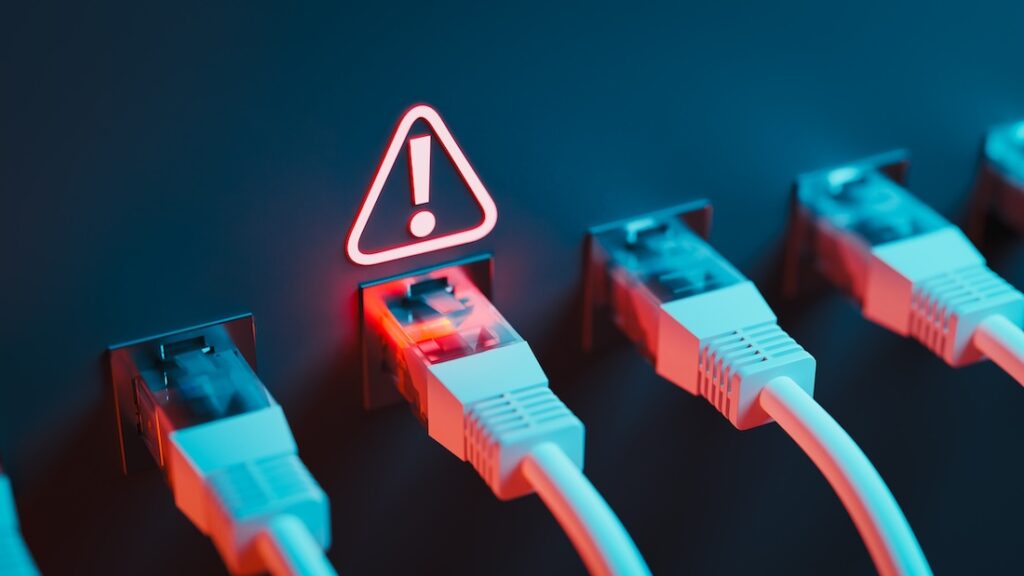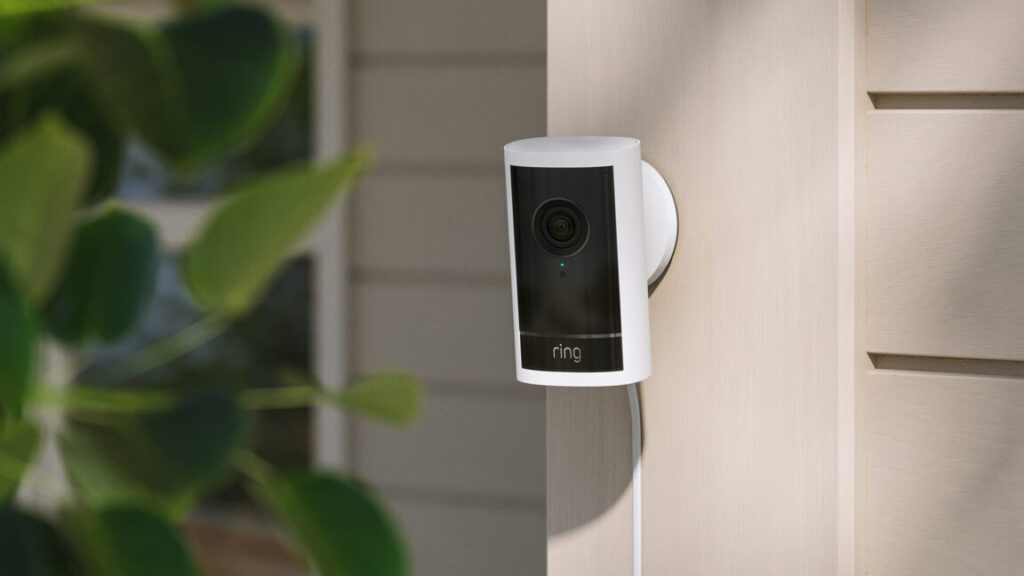Kindle Scribe Colorsoft brings color e-ink to Amazon’s 11-inch e-reader

From left to right: the Kindle Scribe Colorsoft, the updated Kindle Scribe, and the lower-end Scribe without a front-lit screen. Credit: Amazon
Our review of the regular Kindle Colorsoft came away less than impressed, because there was only so much you could do with color on a small-screened e-reader that didn’t support pen input, and because it made monochrome text look a bit worse than it did on the regular Kindle Paperwhite. The new Scribe Colorsoft may have some of the same problems, which are mostly inherent to color e-ink technology as it exists today, but a larger screen will also be better for reading comics and graphic novels, and for reading and marking up full-color documents—there could be more of an upside, even if the technological tradeoffs are similar.
Amazon has still been slower to introduce color to its e-readers than its competitors, like last year’s reMarkable Paper Pro ($579 then, $629 now). The Scribe’s software has also felt a little barebones—the writing tools felt tacked on to the more mature reading experience offered by the Kindle’s operating system—but that’s gradually improving. All the new Scribes support syncing files with Google Drive and Microsoft OneDrive (though not Dropbox or other services), and the devices can export notebooks to Microsoft’s OneNote app so that you can pick up where you left off on a PC or Mac.
Other software improvements include a redesigned Home screen, “AI-powered search,” and a new shading tool that can be used to add shading or gradients to drawings and sketches; Amazon says that many of these software improvements will come older Kindle Scribe models via software updates sometime next year.
This post was updated at 4: 30pm on December 10 to add a response from Amazon about software updates for older Kindle Scribe models.
Kindle Scribe Colorsoft brings color e-ink to Amazon’s 11-inch e-reader Read More »













